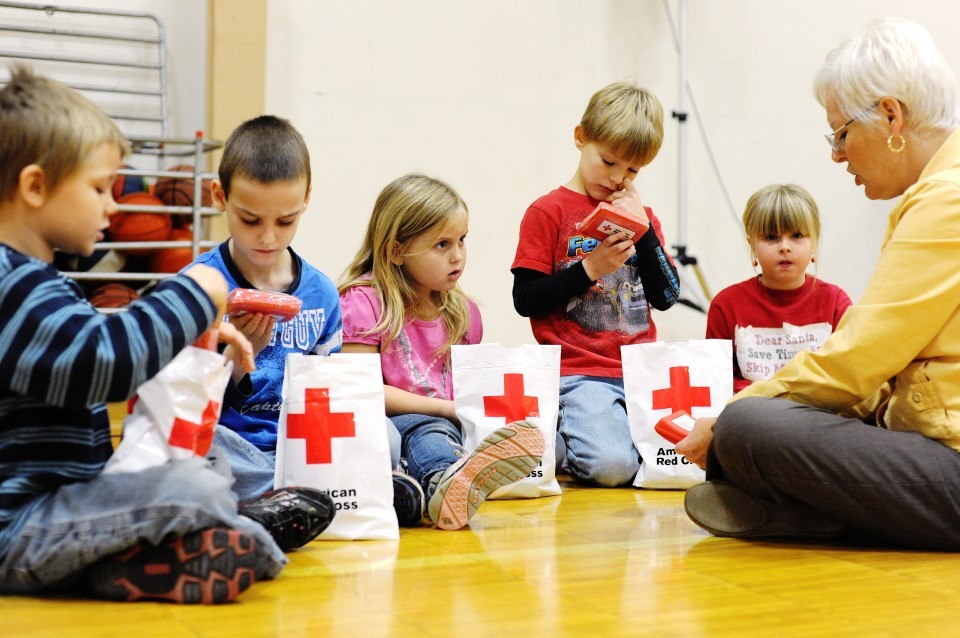
As a family, it’s essential to be prepared in case of an emergency or natural disaster. They almost always happen unexpectedly, whether it’s an earthquake, a fire, or a power outage. In those moments, you don’t want to be caught off guard. That’s where an emergency kit can come in.
Putting together a readily available emergency kit beforehand with your family can help prepare you for any future disasters that require you to stay indoors longer than usual. It can also be a fun activity to do with the kids and to help them feel more prepared for the future.
The American Red Cross suggests making two emergency kits. One would be used at home in case you need to stay inside for a longer period of time, and another to take with you if you need to evacuate quickly. Both would have the same basic necessities and emergency supplies.
Regardless of your family’s size and needs, the American Red Cross recommends your kit should at least have the essential supplies below:
- Water
- One gallon per person per day
- Recommended to have a 3-day supply for evacuation and a 2-week supply for home
- Canned foods
- Non-perishable and items that are simple to prepare
- Recommended to have a 3-day supply for evacuation and a 2-week supply for home
- Don’t forget to pack a portable can opener!
- Flashlight
- Try to include a battery-free one
- Battery-powered or hand-crank radio
- NOAA Weather Radio, if attainable
- Extra batteries
- These will need to be replaced periodically
- Family first aid kit
- You can find pre-packaged first aid kits at any pharmacy. For an emergency pack, buy a deluxe family first aid kit rather than a basic one.
- Medications
- Include basic medications such as pain relievers, antacids, anti-diarrhea medicine, or laxatives. If your family members have prescriptions, include a 7-day supply in your emergency kit.
- Multi-purpose tool
- You can find these multi-tool army knives online or in most general stores.
- Personal hygiene and sanitation items
- Toiletries, moist towelettes, and feminine products that can last you for at least a month.
- Copies of personal documents
- These include your proof of address, deed or lease to the home, medical information and medication list, birth certificates, passports, and insurance policies. Keep this in a waterproof container or bag.
- Cell phone and chargers
- Make sure you pack portable chargers or some kind of battery-powered charger
- Family and emergency contact information
- Extra cash
- Keep this in a waterproof container or bag
- Emergency blankets
- At least one weather-resistant blanket per person
- Local maps
Once you have the basic essential needs in your emergency, there are some other important items you will want to store:
- 2-way radio
- Waterproof matches
- Flares or whistles to signal for help
- Packages of N95 masks
You can find an interactive emergency kit checklist on the CDC website, which you can check out for more ideas. Review your inventory every year and make sure to replace any spoiled supplies.

Emily currently lives in Orange County, California after spending four years in Illinois and half a year teaching in Florence, Italy. She holds a B.A. in English Literature from Knox College and an M.A. in Counseling from the University of San Diego and has taught English to native speakers and ESL students for over three years. When she’s not working as a School Counselor or writing, she enjoys traveling the world, playing instruments, and blogging about Millennial experiences at Long Live the Twenties.
